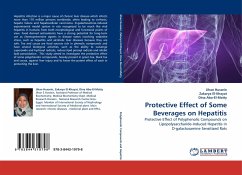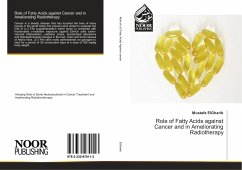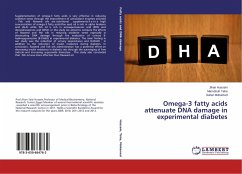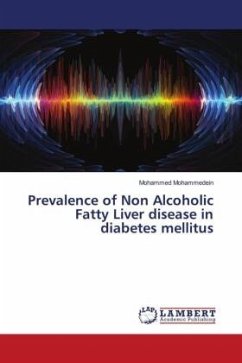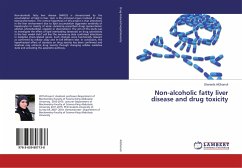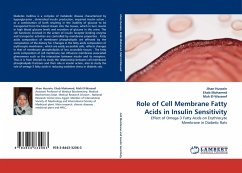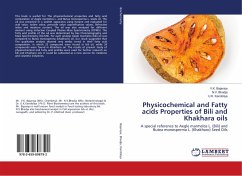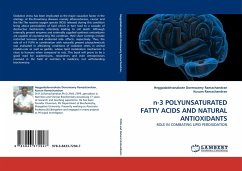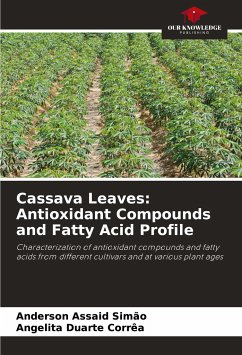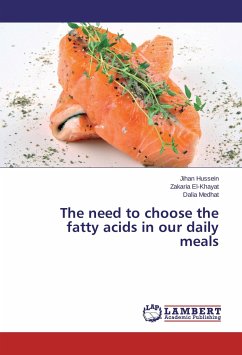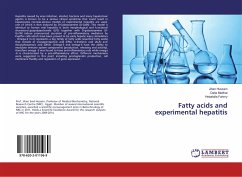
Fatty acids and experimental hepatitis
Versandkostenfrei!
Versandfertig in 6-10 Tagen
24,99 €
inkl. MwSt.

PAYBACK Punkte
12 °P sammeln!
Hepatitis caused by virus infection, alcohol, bacteria and many hepatotoxic agents is known to be a serious clinical syndrome that could result in hepatocytes necrosis.Various models of experimental hepatitis are used; one of which is that induced by D-Galactosamine (D-GalN) .This model is identical to human viral hepatitis in both morphological and functional characters.Lipopolysaccharide (LPS) together with D-galactosamine (D-Ga1N) induce pronounced secretion of pro-inflammatory mediators by Kupffer cells which have been proved to be early hepatic injury stimulators . Omega-3 (n-3) represent...
Hepatitis caused by virus infection, alcohol, bacteria and many hepatotoxic agents is known to be a serious clinical syndrome that could result in hepatocytes necrosis.Various models of experimental hepatitis are used; one of which is that induced by D-Galactosamine (D-GalN) .This model is identical to human viral hepatitis in both morphological and functional characters.Lipopolysaccharide (LPS) together with D-galactosamine (D-Ga1N) induce pronounced secretion of pro-inflammatory mediators by Kupffer cells which have been proved to be early hepatic injury stimulators . Omega-3 (n-3) represents a big family of fatty acids (essential fatty acids) that consists of eicosapentaenoic acid (EPA), -linolenic acid (ALA) and docosahexaenoic acid (DHA) .Omega-3 and omega-6 have the ability to modulate immune system components (production, releasing and activity), therefore omega -3 was found to have anti-inflammatory role while omega -6 is characterized by a pro-inflammatory effect. Different mechanisms were suggested in this point including prostaglandin production, cell membrane fluidity and regulation of gene expression .



